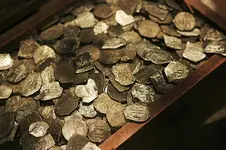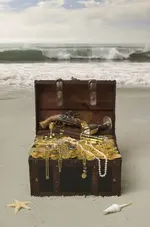ivan salis
Platinum Member
- Joined
- Feb 5, 2007
- Messages
- 16,794
- Reaction score
- 3,811
- Golden Thread
- 0
- Location
- callahan,fl
- 🏆 Honorable Mentions:
- 1
- Detector(s) used
- delta 4000 / ace 250 - used BH and many others too
yes the Concepcion went down close to the cape * survivors were found that floated a couple days on a hatch cover * unable to get ashore because of the reefs . (they finally did) the cape area is well known for its bad reefs
is highly possible that these two letters are about two differant wrecks * one in nassau sound (the english report) and the other spanish report about a differant one.
is highly possible that these two letters are about two differant wrecks * one in nassau sound (the english report) and the other spanish report about a differant one.









